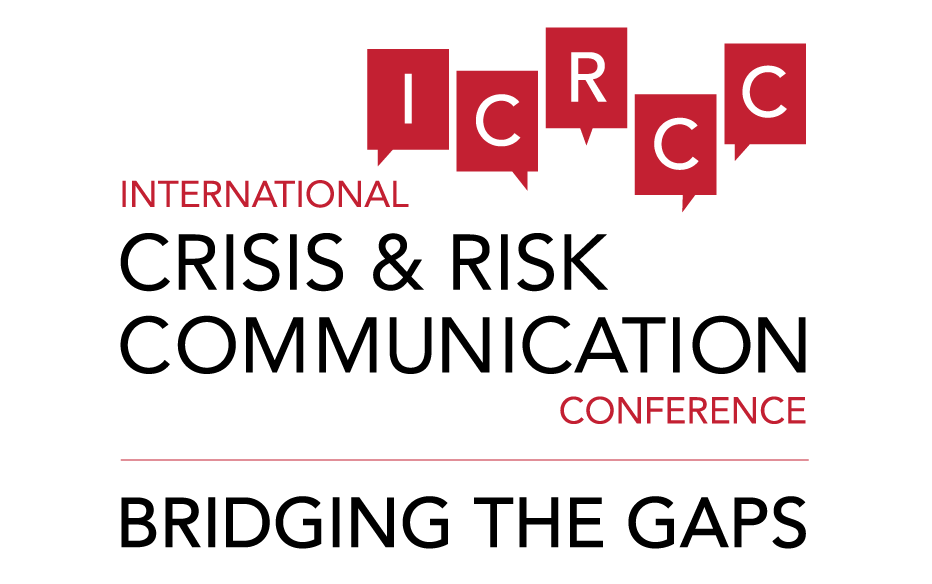
Principal and Chief Scientist
Geddes Analytics LLC
United States
David is a recognized expert in research and analytics for marketing communications, public relations, and branding. He came to Geddes Analytics from evolve24, a business analytics and research firm specializing in the measurement of corporate reputation and risk, where he was vice president of research and development.
From 1995 to 2009, he was Senior Vice President and Partner at Fleishman-Hillard, the largest global public relations firm, where he was a leader of the research group. His clients included major corporations including AT&T, Wal-Mart, Visa, Imation, UNICEF, Avaya, Motorola, Caterpillar, and Emerson. Previously, he worked at market research firm Elrick & Lavidge and at Sprint, and was a researcher at the Centre National de le Recherche Scientifique in Toulouse, France. He is past chair of the IPR Measurement Commission of the Institute for Public Relations. He is chair of the Coalition for Public Relations Research Standards, the group of industry leaders that have developed standards for the measurement of public relations.
David earned his B.A. magna cum laude in Social Studies from Harvard, an M.B.A. from the University of Kansas, a Dipl.Et.App. in History from the Ecole des Hautes Etudes en Sciences Sociales (Paris), and a Ph.D. in anthropology from the University of Pennsylvania.
2015
From Theory to Practice in Crisis and Risk Communication Measurement and Evaluation
Development of a measurement program for crisis communications is a daunting task indeed. It is not simply a question of measuring social media, Web site hits, Tweets, survey-based awareness and sentiment, or even impact on sales. While the broad nature of the crisis may be something that could be anticipated in a crisis communication plan, the specific nature of the crisis probably is not known. How then, can an organization develop a measurement and evaluation program as part of its crisis communication plan?
This presentation reviews how to apply a Balanced Scorecard approach to the preparation for and implementation of a crisis communications program. A Balanced Scorecard is a strategic management system designed to align organizational mission, goals, and strategy for crisis communications with the organization’s operations. In other words, a Balanced Scorecard contains a carefully selected set of quantifiable measures derived from an organization’s crisis management strategy and business processes. The strategic management system is a tool for managers to set priorities and to communicate with staff and external stakeholders about the outcomes and performance drivers by which the organization will achieve its mission and objectives during a crisis.
The Balanced Scorecard requires executives to make specific definitions of vision, goals, objectives and strategy, give staff an opportunity to show how activities contribute to strategy, and tie human and financial resources allocation to strategy in crisis situations.
Implementing a Balanced Scorecard typically includes looking at four processes:
1. Translating the organization’s mission and goals into operational objectives for a crisis situation
2. Communicating the mission, goals and objectives to personnel, and linking to team and individual performance
3. Business planning
4. Feedback and learning and adjusting the strategy accordingly
The grouping of performance measures in general categories (perspectives) is an aid in the gathering and selection of the appropriate performance measures for the enterprise in a crisis situation. The four perspectives typically used in a Balanced Scorecard are:
–Stakeholder perspective: Who are our stakeholders in a crisis situation? What are our specific responsibilities with respect to stakeholders in a crisis situation?
–Internal process perspective: What are key processes at which an organization must excel to deliver “value” to stakeholder groups impacted by a crisis situation?
–Learning and growth perspective: What is the organizational infrastructure of staff skills, information systems, knowledge management, and organizational culture necessary to achieve results?
–Resource perspective: What are the resources required to achieve crisis communications objectives? Are we achieving results, making optimal use of resources and at minimal cost?
Within the Balanced Scorecard framework, specific measures are selected based on a set of “strategic objectives” plotted on a “strategic linkage model” or “strategy map.” The strategic objectives are typically distributed across a similar set of “perspectives.” Five or six goals are identified within each of the perspectives, and then demonstrate some inter-linking between these goals by plotting causal links on the diagram. Having reached some consensus about the objectives and how they inter-relate, the Balanced Scorecard is devised by choosing suitable measures for each objective.


